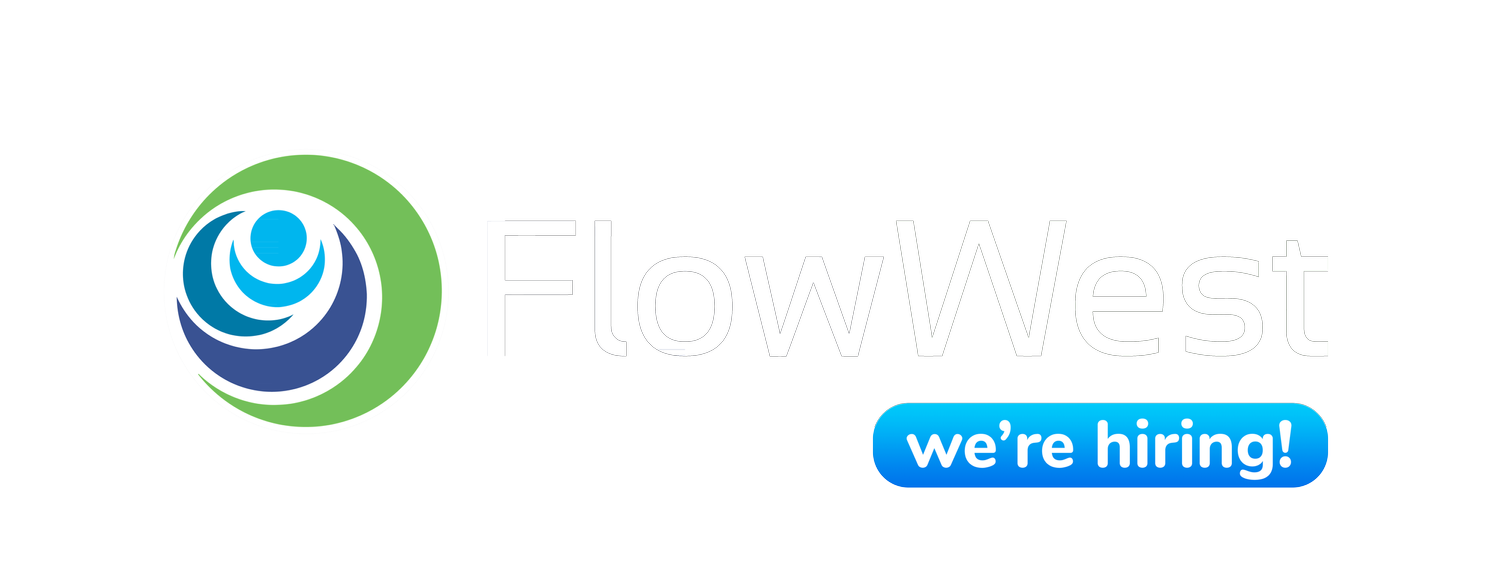Welcome to Go With The Flow, a FlowWest company blog series. Our bimonthly posts will feature sneak peeks of projects currently under way and a bit more about our hardworking employees.
For Ashley, the environment was always in her life. She spent her youth exploring forests and listening to singing insects in the Chicago suburbs. Today, she is part of the FlowWest Data Team that is developing an app to provide up to date monitoring data for Spring Run Chinook Salmon, a threatened species native to the Central Valley. As our Senior Data Analyst, Ashley manages a team of data scientists that put their hard work to the test every day building out programs in tandem with our development team. Based in Oakland, Ashley is an avid skier and spends her winters in Utah with her family doing all sorts of winter activities.
Always outside
Ashley is passionate about traveling to different wilderness areas including many parts of Utah for skiing and other winter activities.
How did you get into the environmental services sector?
I’ve always been enamored by nature. I was the kid collecting acorns and leaves, watching ants and birds, and listening to the crickets and cicadas. In highschool I took an excellent biology and ecology class (shout out to Mr. Howard!), where we spent a lot of time outside learning about forest (and bog!) ecosystems. This was the first time I realized I could turn my passion for nature into a job.
What is your favorite project going on currently?
I am very excited about the Spring Run Juvenile Production Estimate (JPE) project we are working on with the California Department of Water Resources (DWR) and California Department of Fish and Wildlife (CDFW).
This project is an innovative collaboration between DWR, CDFW and US Fish and Wildlife and showcases how effective data management is crucial for natural resource management. The SR JPE will ultimately lead to a high quality regional JPE model that is timely and transparent contributing to improved management of Central Valley spring run chinook.
What was your biggest accomplishment in the last year, FlowWest-wise?
I am proud of my work on the Spring Run Juvenile Production Estimate (SR JPE), specifically the relationships I’ve cultivated and the great people that I’ve had the opportunity to work with. I’m impressed by all the data that has been collected over the past couple decades to monitor salmon in the Central Valley. Although this project is still in progress, we have made great headway in leveraging this data, and making it easier to access and use both for those on-the-ground collecting the data, and for regional analysis like the JPE.
What does this data collection mean for the average environmental scientist?
This program provides data management infrastructure - whether it's integrating data from external data sources like the Environmental Data Initiative or other sources to make data interoperable. Using cloud computing functions, the data is available quickly for use in regional analysis.
We value open data and transparency so everything can be put into a repository for data to be publicly-accessible for others. With this goal in mind, everything will be open and reproducible. We are using open-source libraries to build the program with our development team. The code available for people to see transparency and all the pieces of the project.
I’m excited by the benefit it has to differentiate salmon runs in the central valley more accurately. Historically, the process called the “Length at Date model” does not universally work well. The Length at Date approach assigns a run identification to a juvenile salmon based on capture date and fork length. The approach was devised in the 1970s after the federal listing of winter run under the Endangered Species Act as a tool to assess take of juvenile winter run salmon by the state and federal water projects
But, some scientists or agencies don’t use this at all. It’s difficult to tell different runs and so it muddies the water around conservation. There is a genetics model being built to improve past methods of differentiating different salmon runs. This model can quantify uncertainty and have a better designation for a run which will allow us to manage an endangered species better. However, we still aim to have our process become the gold standard for those working to monitor salmon populations.
What is something that everyday people can do to help their local watershed?
Water is vital for everyone yet often the data needed for equitable water management is not available. Supporting legislation and policy that provides adequate resources for water data can help your local watershed.
You can also help your local watershed by replacing your lawn with native plants (which also looks beautiful and supports pollinators!).
Where do you see the future of FlowWest?
The data and software capacity at FlowWest is a really unique service in the environmental sector, and coupled with the engineering and hydrology expertise at FlowWest offers data management and software development customized for water resources. I see FlowWest expanding their work in data management and software development to other geographic regions and contexts. The work we are doing on the SR JPE provides a model that can be applied to other regions and for other objectives and I would like to see FlowWest expand this work beyond the Central Valley spring run chinook.





